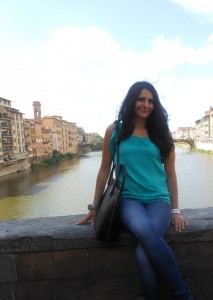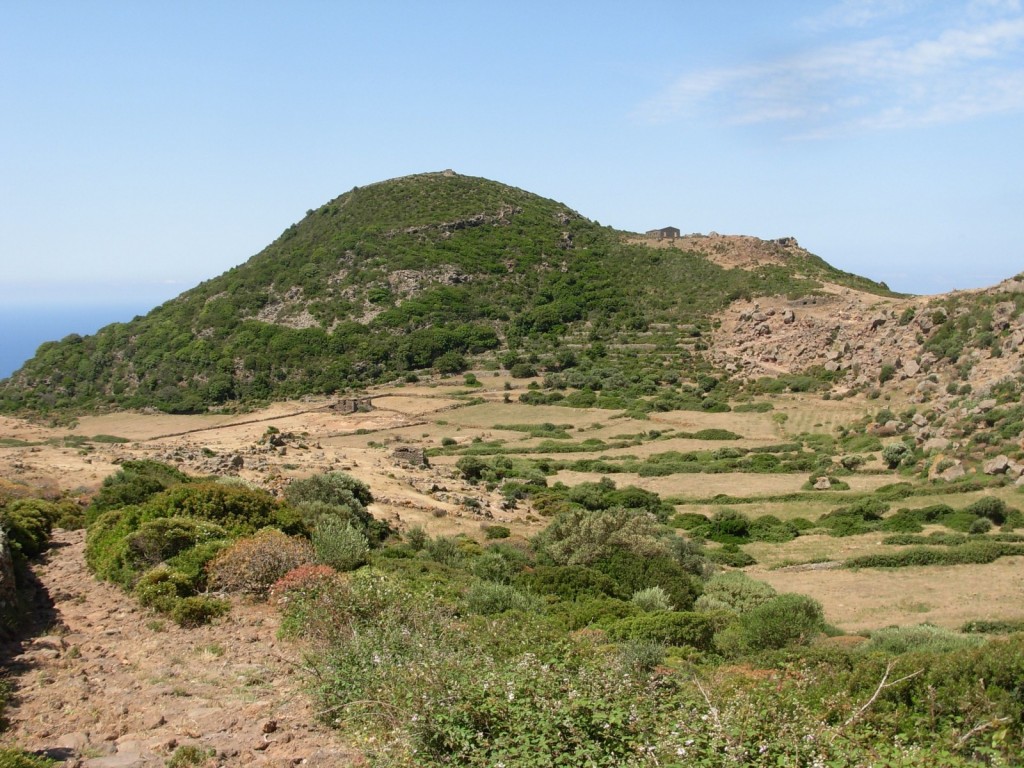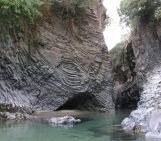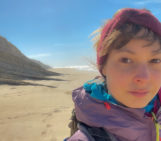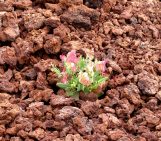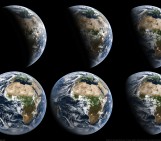The biosphere is an incredible thing – whether you’re looking at it through the eye of a satellite and admiring the Amazon’s vast green landscape, or looking at Earth’s surface much more closely and watching the life that blossoms on scales the naked eye might never see, you are sure to be inspired. Geochemist, Antonina Lisa Gagliano has been working on the slopes of Pantelleria Island in an effort to find out what can make soil and its biota change enormously over just a few metres. Following her presentation at the EGU General Assembly, she spoke to Sara Mynott, shedding light on what makes volcanic soils so special…
What’s your scientific background, and what drew you to soil biota?
I am a geologist with a background in Natural Sciences and, in 2011, I started my research in biogeochemistry during my PhD in Geochemistry and Volcanology at the University of Palermo. I’ve always tried to look at the interactions between different factors in all sorts of subjects, but if you apply this concept to biotic and abiotic factors, it is particularly interesting and fascinating. I started the study on soil biota when my supervisors introduced me to the biogeochemistry of a geothermal area, thinking that I could have enough scientific background and enthusiasm to start studying something new in our team.
Tell me about your field site – what makes it a great place to study?
Pantelleria Island, a volcano located in the Sicily channel, is a really interesting place. It is an active volcanic system – at present quiescent – that hosts a high-energy geothermal system, with a high temperature gradient and gaseous manifestations all over the island. We studied the most active area, Favara Grande, sampling soils and soil gases from its geothermal field. A first look at the island’s geochemistry suggested high methane fluxes from the soil and high surface temperatures – reaching up 62 °C at only 2 cm below the surface. Indirect evidence of methanotrophic activity led us to better investigate soil biota and how it interacts with methane emissions. It is a great place to study because the peculiar composition of the geofluids is extraordinarily rich in methane and hydrogen, and because the geothermal system is stable both in space and time.
During the General Assembly, you highlighted key differences in soil sites that were only 10 metres apart – what did you find and why are they different?
We investigated two really close sites in the Favara Grande geothermal field. They released similar gases (CH4, H2, CO2) and had similar surface temperatures, but at the same time they showed differences in soil chemistry (in particular, pH, NH4+, H2O, sulphur, salinity, and oxides). Amazingly, one site showed high methane consumption and the other was totally inactive, despite both sites being characterised by high methane emissions.
These differences were due to the hydrothermal flux from the ground. As the gasses rise, the gas mixture is influenced by several factors including changes in soil and subsoil properties, such as fracturing, level of alteration, permeability and many others. Variations in even only one of these factors can change the flux velocity, which directly regulates soil temperature. When the temperature goes below 100 ⁰C the most soluble species (H2S and NH3), start to dissolve, releasing hydrogen ions and changing the soil’s characteristics.
The condition of one site was much more mild than the other (higher pH, lower amounts of NH4+, sulphur, soil water content and salinity). These differences were due to a lowering of the hydrothermal flux velocity in deeper layers at the milder site, leading to the depletion of soluble species in the surface soil layers. These conditions created two totally different environments for bacterial populations thriving in the two sites.
How did you identify the different species? How many did you find?
Nowadays, Next-Generation-Sequencing techniques (NGS) are available to screen the microbiota in different substrates. We extracted total bacterial and archeal DNA from soil samples and from the geothermal field at Favara Grande. We found an extraordinary diversity of methanotrophs, that use methane as sole source of carbon and energy in the milder site. In the harsher site, we found a high diversity of chemolithotrophs, that use inorganic reduced substrates to produce energy. Here, there was no methanotrophic activity, nor any evidence of the presence of methanotrophs.
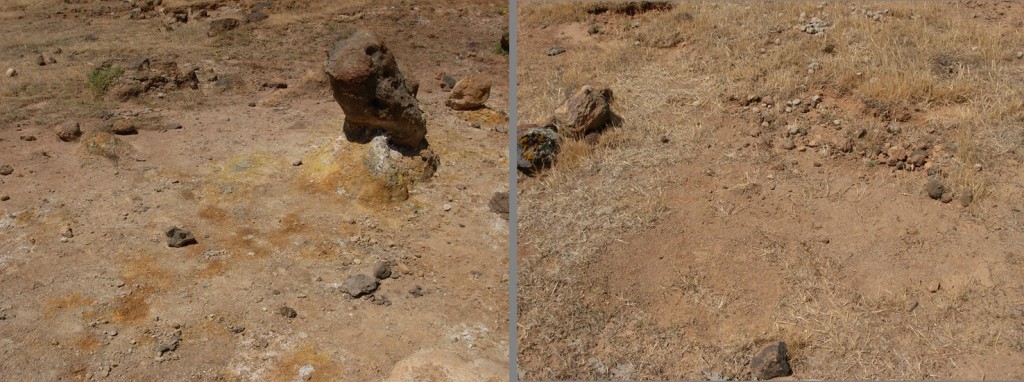
On the left, the harsher site – the stains on the surface are signs of the soil alteration. To the right, the milder site – here, soil alteration is much harder to see without a microscope. Credit: Walter D’Alessandro.
Has anything like this been found before, perhaps at another volcanic site, hot spring or hydrothermal vent?
Currently, integrated studies of bacteria thriving in geothermal soils are still at the pioneer stage and few studies on similar work are available; What we found in terms of chemolithotrophic species is similar to other volcanic sites, but the diversity of methanotrophs detected in our soil samples seem to be unique, probably because the geothermal soils are still under-investigated in this regard.
What do you hope to work on next?
Several questions regarding the relationship between biotic and abiotic factors at our sampling sites are open, so our next challenge is to better investigate the dynamics in this geothermal field. We would also like to extend this research to other sites and establish new collaborations to study different areas and discover new things.
What are your biggest challenges in the field and how do you overcome them?
The first challenge is to find a good sampling site; sampling is like a closed box, particularly when you don’t have anything for comparison terms or any state of art equipment at your disposal. But we overcome these challenges with good planning ahead of the field campaign.
If you could give an aspiring biogeochemist one piece of advice, what would it be?
Biogeochemistry puts together several spheres of knowledge (geochemistry and biology, above all), so my first advice is never stop studying, because when you think to know a lot about something, it’s likely that you may completely overlook the other aspects of the argument. Secondly, go outside the scheme of classical and sectorial research and collaborate with scientists of different sectors to increase your expertise and look at problems from other points of view.
Interview by Sara Mynott, PhD student at the University of Exeter.

